Do You Take Photographs or Make Them? |  |
- Do You Take Photographs or Make Them?
- Photographer Gets Adorably Crushed by Seals (Video)
- Why Use a Tablet With Photoshop? (Video)
- Interesting Photo of the Day: Milky Way Over Joshua Tree National Park
- 5 Tips for Dynamic Family Portraits (Video)
| Do You Take Photographs or Make Them? Posted: 04 Apr 2014 05:52 AM PDT In October 1978, the cover of National Geographic showed a self portrait of a gorilla using a camera. I’m serious—you can look it up if you would like. The cover shot was a self portrait, taken by a gorilla, and by the standards of the day it was actually pretty good! Each year 100 million Americans also take some pretty good photos. OK, admittedly not all of them are that good . . . but with auto focus and extremely high mega pixels, it is fairly safe to say that more people are taking better pictures than ever before. So the obvious question is where does that leave us “serious” photographers? For those of us who know that “pretty good” is not good enough, we must push ourselves further; we must create with more artistic flair and emotional impact. The desire to move beyond the basics is what separates us from . . . the gorillas of the world. Technologically advanced cameras are now so readily available than anyone can pick one up at their local Wal-Mart just as easily as getting groceries. Having a great camera, does not make a great photographer. Learning how to create a great photo is not as simple as one might think. There may be thousands, if not hundreds of thousands, of books and magazines that will teach you the craft of photography. But learning just the craft is like running a race with only one shoe. Photography is both an art and a craft. The craft is fairly well known; shutter speeds, f-stops, filters and the like, are an extremely important key to any photographer’s success. Of course, the craft of photography is only half the story; it’s the easy half that even a big ape could learn (yet not everyone does). The other half, the one that even those who are looking do not always find, is the art of photography. There is a common misunderstanding that leads people to believe that “art is that which is pleasing to the eye.” While this may be true, in part, it is also incomplete. An art critic of the New York Times once said, “The function of art is to clarify, intensify, or otherwise enlarge our experience of life.” Visit any National Park, go to a scenic lookout point, and just sit back and observe. Many people will drive up, jump out, shoot their picture, and zoom off again. This type of person is taking a picture. Simply put, he will take what is before him and discount all the creative possibilities, because he has what he wants. On the other hand, wait a little longer and you will see someone who leaves his car slowly. He cautiously approaches the scene with silent reverence. His eyes explore like a small child in a toy store. He may stoop down low or strain his neck to see further than his body normally allows. This person is making a photograph. His mind is open to the creative possibilities. How to Make PhotographsIf you want to make better photos, as opposed to just taking more pictures there are some basic steps you want to remember: 1. Photograph what you like best. Photography is like a love affair; it is not to be taken lightly. You do not share your heart with every person you meet. Likewise, do not waste your passion on areas of little interest. I, for one, would never be good at aerial photography, mostly because of a fear of heights. 2. Prepare yourself. Learn all that you can. Books and magazines are only part of the resources you have available. Web sites, podcasts, art galleries, and photography shows all enable you to expand your own vision. It is very hard for someone to think outside the box who has never even tried to open the lid. Give your mind something to be creative with. 3. Become one with your subject. When the opportunity arrives, let your eyes dance across the subject. Take in the highlights and shadows. The art of seeing photographically means to go beyond the surface. Take a moment; look at it from all possible angles. Whether your subject is living or not, treat it like your best friend. This is where passion comes from. 4. Think your shots through. What emotions are you feeling when you look through your viewfinder? If you can put your feelings into words, the next step is to put those words onto film (or digital media). Have an objective in mind when you go to shoot your photos and you will make fantastic creative images–not just take average snapshots. 5. Multiply the possibilities. The right subject at the right time is what great photography is all about. Shoot your subject several times from several different angles. If this is a once in a lifetime opportunity, don’t leave anything to chance. Take multiple exposures, as well. Remember, your camera always wants to average the light. If you want better than average results, push your equipment as well as your mind. 6. Take notes. A pencil is the cheapest piece of photographic equipment you can carry. If an image is a success or a failure it means nothing unless you can do it again. Don’t change too many things at one time, lest you end up still having no idea what made the image work. Document your efforts and don’t be afraid to learn from your failures as well as your successes. Making a photo is like drawing water from a well. If the well is dry, it doesn’t matter how many times the bucket goes up or down. Your job is to keep those creative juices flowing. As you fill the well with knowledge and experience, more inspiration will come to the surface. What gives you style or makes your work unique is what you bring to the surface. The more you put into it, the more you get out of it. About the Author: Go to full article: Do You Take Photographs or Make Them? |
| Photographer Gets Adorably Crushed by Seals (Video) Posted: 03 Apr 2014 03:22 PM PDT The mission was a daring one: to travel to Antarctica and follow the footsteps of Tom Crean’s hundred-year-old icy expedition. While the full two-part documentary, produced by Irish broadcasting network RTÉ, aired to substantial acclaim several years ago, the real golden moment is this two-minute long clip of host Charlie Bird being cuddle-sandwiched between two friendly seals: It’s unbelievably adorable. Beyond words, really. All Charlie can do is laugh hysterically and repeat how “truly remarkable” the whole thing is. The way the seals flop over him, slowly and deliberately, is fascinating not just because of their frankly bizarre swagger, but because you’re never quite sure if they’re going to attack him or hug him—these are, after all, wild animals.
All the while, he conscientiously holds his Canon SLR far above his head, in case the seals mistake it for a fish. Smart move, Charlie. Go to full article: Photographer Gets Adorably Crushed by Seals (Video) |
| Why Use a Tablet With Photoshop? (Video) Posted: 03 Apr 2014 02:12 PM PDT While the Wacom tablet has become a staple among CGI artists and professional digital retouchers, a lot of amateurs stay away from them with fewer and fewer good reasons. Some believe they’re too expensive or just for professional photographers. But Lauren Lim has a pretty convincing argument for why you—yes, you, even the just-starting-out photographer with the entry-level SLR—should consider buying one:
Here’s a quick list of the benefits to using a tablet when editing images in Lightroom or Photoshop:
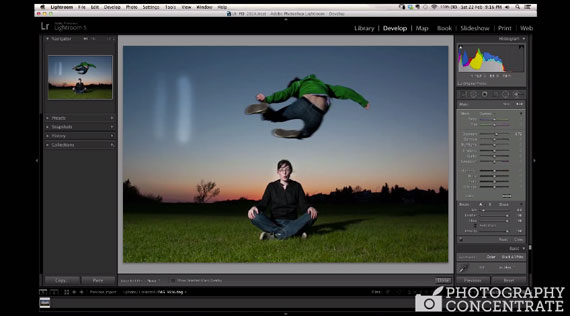 The harder you press on the tablet, the firmer the line appears.
Tablets now have loads more options, as well, including multi-touch control (if you’re using your fingers) and strong durability—all of which turns Photoshop into a proper canvas, and can help turn your images into proper art. Go to full article: Why Use a Tablet With Photoshop? (Video) |
| Interesting Photo of the Day: Milky Way Over Joshua Tree National Park Posted: 03 Apr 2014 12:40 PM PDT Ian Norman runs Lonely Speck, a fun how-to website that tries to simplify Milky Way photography. A little over a month ago, he drove out to Joshua Tree National Park, found a good spot to set up camp and woke up at 3:30 a.m. to snap this majestic shot: This moment was captured with a Canon 6D and Sigma 50mm f/1.4 lens set to f/2.0 with a 10-second shutter speed at ISO 3200. Long exposure noise reduction is a little-known option on most DSLRs that can really clean up starry nights when shooting for longer than a few seconds. Go to full article: Interesting Photo of the Day: Milky Way Over Joshua Tree National Park |
| 5 Tips for Dynamic Family Portraits (Video) Posted: 03 Apr 2014 10:42 AM PDT Shooting whole families can be a hassle: the kids are bored, the babies crying, the parents anxious, the grandparents falling asleep. Well, Michelle Ford is here to help with five quick tips for planning your next family shoot that can keep the process as quick and fun as possible: Five Quick Tips for Family Portraits
The goal here is to take different shots every time you meet a new family. Don’t just swap out one family for another and take the same shots again and again. Work with them individually and find out what works: the result is more fun, more unique, and you’re more likely to get noticed by new clients. Go to full article: 5 Tips for Dynamic Family Portraits (Video) |
| You are subscribed to email updates from PictureCorrect Photography Tips To stop receiving these emails, you may unsubscribe now. | Email delivery powered by Google |
| Google Inc., 20 West Kinzie, Chicago IL USA 60610 | |
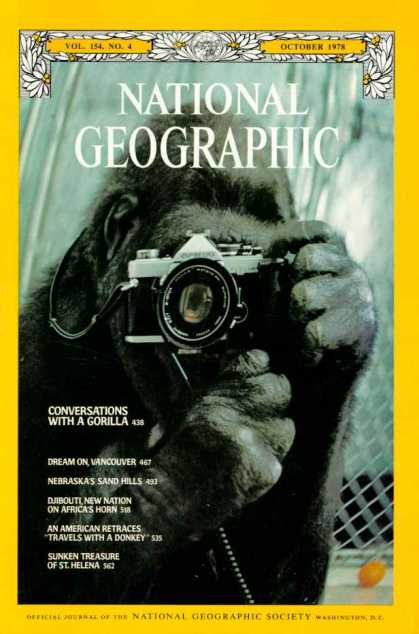
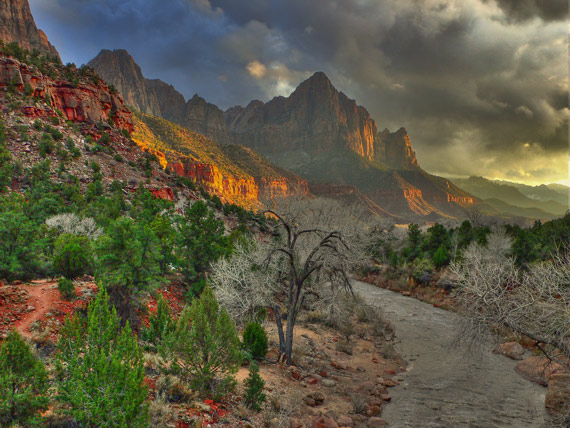



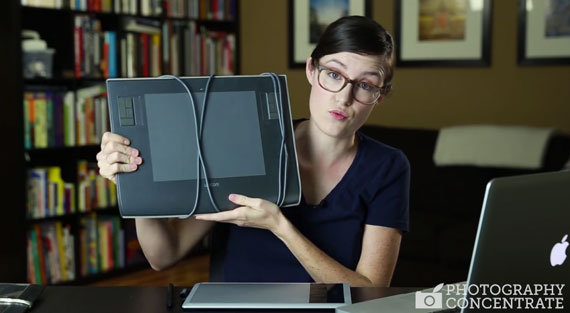

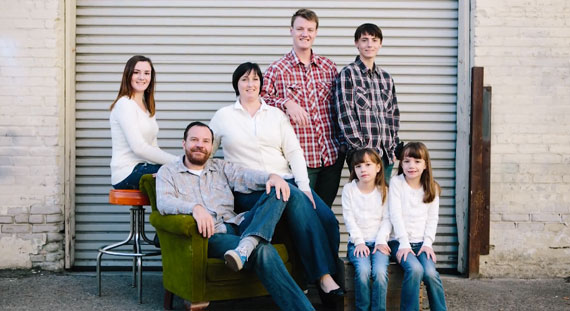

No comments:
Post a Comment